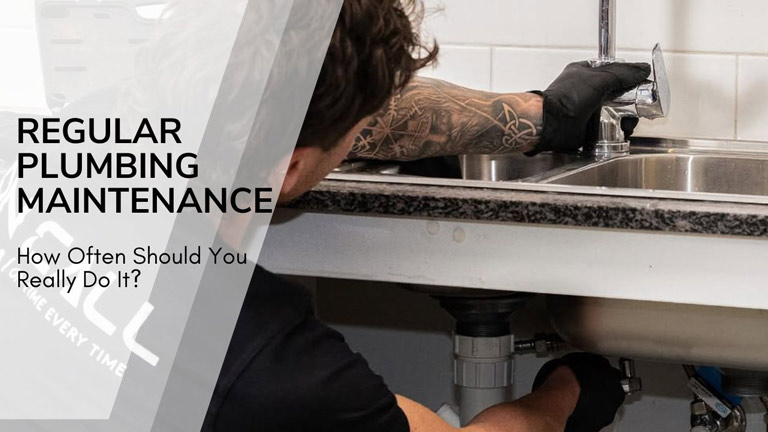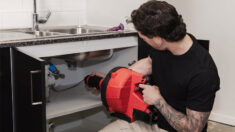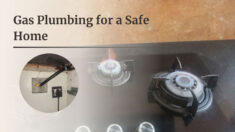
Plumbing problems don’t appear all of a sudden, nor do they become an emergency suddenly. These issues gradually build up, and when they go out of control, they appear as leakage, pipe bursts, and drain blockages. Regular checks and fixes are the solution to costly repairs and water damage.
Regular Plumbing Maintenance Guide
How frequently should you really inspect your pipes? Below is a guide to everything that should be inspected and when.
Drains Must Be Cleaned Every 1–2 Months
Slow drain is a simple issue that’s simple to prevent. Run enzyme cleaners through your pipes every month or two. You should never flush hair, coffee grounds, food particular, or grease down drains. If water drains slowly or gurgles, take action immediately.
Toilets Should Be Checked Every Few Months
Inspect your toilets every 3–6 months. Look for leaks along the bottom or in the tank. A leaky toilet can waste as many as hundreds of gallons a month. Add several drops of food coloring to the tank and check the bowl for color. Replace old flappers or seals if necessary.
Water Heaters Must be Flushed Annually
Drain your water heater annually to avoid sediment buildup. This conserves energy and prevents future problems. Sediment can cause the tank to overheat, leading to cracks or system failure. Flushing also improves heating efficiency and lowers your utility bills. Also, check for leaks, rust, or strange noises every 6 months. Replace your appliance if it’s over 10 years old.
Quarterly Checks on Faucets and Showerheads
Check all showerheads and faucets for leaks or low flow every 3 months. Remove mineral deposits with vinegar. A dripping, wasting faucet can cost up to thousands of dollars a year. Replace washers or cartridges as needed to stop dripping.
Annual Plumbing Inspection Is a Must
Arrange an annual thorough inspection by a professional plumber. This will reveal hidden leaks, corrosion, or signs of future failure. You need a plumber for this type of detailed check. It is not something most homeowners can do themselves. A professional inspection can add years to your plumbing system and save you thousands of dollars on repairs down the line.
Garbage Disposal Weekly Quick Checks
Dispose of garbage using cold water every week. This keeps blades sharp and in good working condition. Never feed it bones, stringy vegetables, or grease. When it smells, run citrus peels or baking soda and vinegar through it.
Washing Machine Hoses Require a Half-Year Checkup
Check washing machine hoses every 6 months. Check for bulges, cracks, or leaks. Every 3–5 years, replace rubber hoses with braided steel hoses. If a hose bursts, it can create catastrophic flooding, so don’t neglect this.
Sump Pump Should Be Tested Quarterly
If you have a sump pump, inspect it every 3 months. Fill the pit with water to get it to turn on. Drain the pit once a year and check the float switch. Install a battery backup in case of a loss of power.
Seasonal Inspections on Outdoor Plumbing
Check outdoor faucets and sprinkler systems each season. Check for winter damage in spring. Drain and close outside lines in the fall to prevent freezing. Outdoor leaks can destroy your foundation or waste enormous amounts of water.
Plumbing upkeep doesn’t have to be daunting, but it should be something regular. There are no emergencies after a routine check-up up like monthly drain cleaning, quarterly service, or yearly checkup. You are not in your wallet, and your plumbing lasts longer. A few minutes of upkeep will get you out of the repair shop for thousands of dollars and your house safe, dry, and functioning all year.


